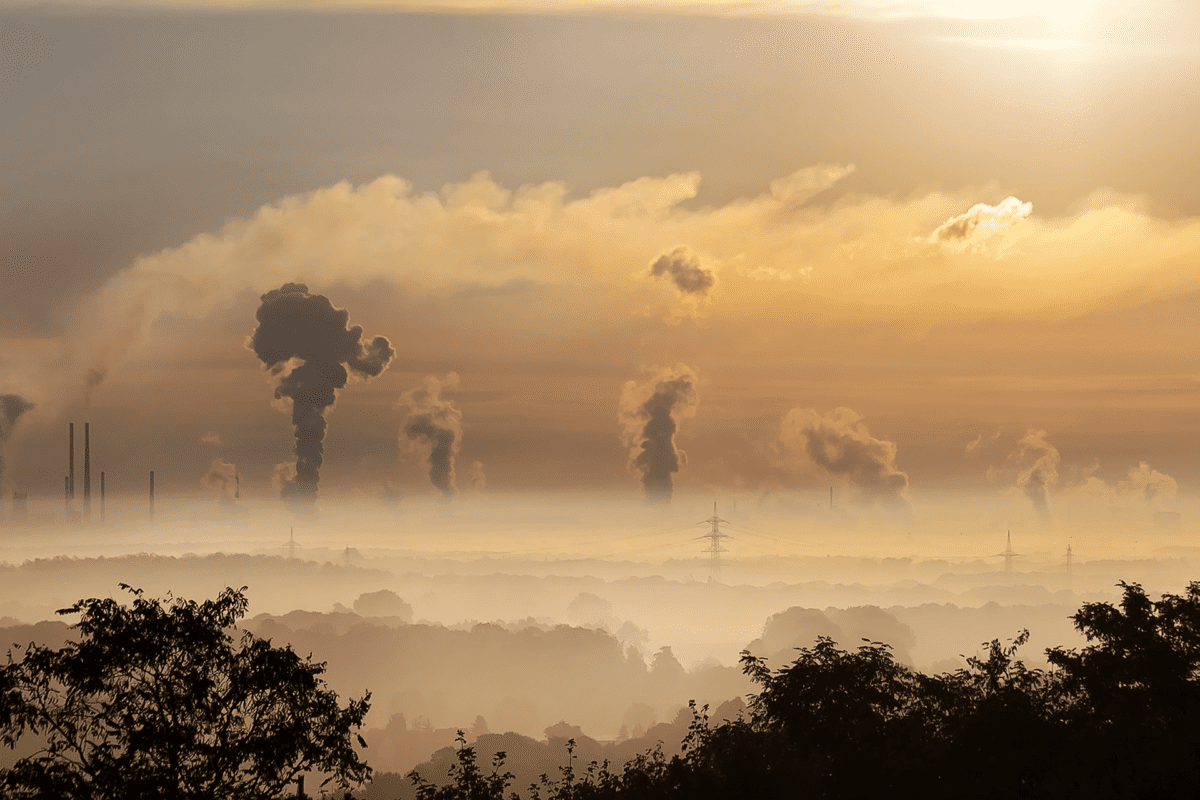The Canberra Times
There’s never a dull moment in the climate space, and in the lead up to COP26 it’s beginning to feel like Christmas. There are wish lists aplenty, early presents (at least for wonks like me) in the form of numerous reports, polls and plans, and some guests considering a no-show. My wish is that this moment can mark a shift from tired old technology versus tax arguments to a technology and market investment focus.
The Carbon Market Institute’s business sentiment survey released this week provides timely insights on what its 400 respondents – including C-suite executives from Australia’s biggest emitting companies – want to see from government. The research highlights growing concern about Australia’s 2030 targets, decarbonisation policies and the looming risk of carbon border tariffs. It’s a wake up call that business expectations of federal government leadership on climate policy are not being met.
Unsurprisingly, nearly nine in ten believe Australia should set an economy-wide zero net emissions target by 2050 – now a fait accompli in almost every advanced economy.
An overwhelming 84 percent are of the view Australia’s 2030 target, currently a 26-28 percent cut on 2005 levels, should be increased. This reflects the broad position in business that the current target is inadequate, with leaders from the Business Council of Australia, in its recent decarbonisation blueprint, to Twiggy Forrest, calling for a goal in the vicinity of 50 percent.
Were Australia to commit to halving emissions this decade, it would be aligning with its major trading partners, most of whom have pledged a reduction of that magnitude or greater. This is important given the looming threat of carbon border tariffs. The EU is looking to introduce a tariff, and other countries are likely to follow, as they level the international playing field by placing a tax equivalent to their prevailing carbon price on the carbon embodied in imports.
Eight in ten respondents believe carbon tariffs are a growing risk to Australia’s emissions-intensive economy and exports. The management of this and other risks hinges on our national climate policy.
Notably, our survey found that the business sector identifies “policy or regulatory uncertainty” as the primary barrier to decarbonisation investment by a significant margin. This could be addressed by reducing the government’s mandated ‘Safeguard Mechanism’ baselines – a currently static pollution limit for every business that emits more than 100,000 tonnes annually. Nearly eight in ten respondents support the lowering of safeguard baselines over time. This would provide companies much needed investment guidance, and be a “pull factor” for investment driving clean technology solutions.
Recently, BCA president Tim Reed commented that “the Safeguard Mechanism was put in place to be an investment signal”, and called for the limit to be tightened, saying “those adjustments should be predictable, so that businesses can invest ahead of the curve.” It is not every day that you see the private sector inviting regulation, but this underscores the Safeguard Mechanism’s importance as a tool for investment in technology. The Government’s response, that this is just tantamount to a carbon tax, is a disappointingly limited perspective, ignoring the investment implication but also increasingly irrelevant with growing global carbon pricing mechanisms, carbon tariffs and higher costs of capital for carbon intensive activities.
Carbon farming, which involves protecting and increasing the amount of carbon stored in soil and vegetation, and limiting emissions from livestock, is another key part of the solution, and it is already delivering millions of dollars of investment into regional Australia. Measured and used properly, carbon farming credits support the inevitable transition to net-zero emissions. It can generate real emission reductions, provide extra revenue streams for farmers or enhance access to international consumers demanding carbon neutral produce.
The Grattan Institute commented recently that carbon farming and other offsetting is necessary for Australia to reach net-zero emissions and beyond, at the same time highlighting that it must not become an excuse to delay cutting emissions. This position squares with the majority view of our respondents, eight in ten of whom said that voluntary offsetting should only be undertaken alongside direct decarbonisation activities that avoid and reduce emissions.
This is where big business, including the heavy emitting sector, is calling for greater federal policy ambition as a matter of urgency. An overwhelming 91 percent of survey respondents believe the longer Australia defers decarbonisation, the more abrupt, forceful and disruptive the policy response will need to be, especially for carbon-intensive industries. Just as troublingly, the federal government’s failure to support the burgeoning low carbon economy carries an enormous opportunity cost that will have intergenerational repercussions.
It is the states and the private sector that are embracing the vast opportunities of first mover advantage. For example, fertiliser and explosives manufacturer Orica has now stepped up with a significant decarbonisation investment plan towards net-zero by 2050. Twiggy Forrest has invested $1 billion in green hydrogen manufacturing in Gladstone, Queensland, and the NSW Government has announced a green hydrogen strategy with $3 billion in incentives. It’s projected to create 10,000 regional jobs by 2030, and attract up to $270 billion in private investment.
These are important initiatives, but we need more from the federal government to catalyse the greater investment required this decade and before 2050. We need an approach that builds on the strengths of the government’s technology roadmap with market based investment signals like a strengthened Safeguard Mechanism.
The table is set, and business, states, the community and our trade allies are in the house. But the guest of honour is missing in action. It’s high time for the federal government to come to the party.




